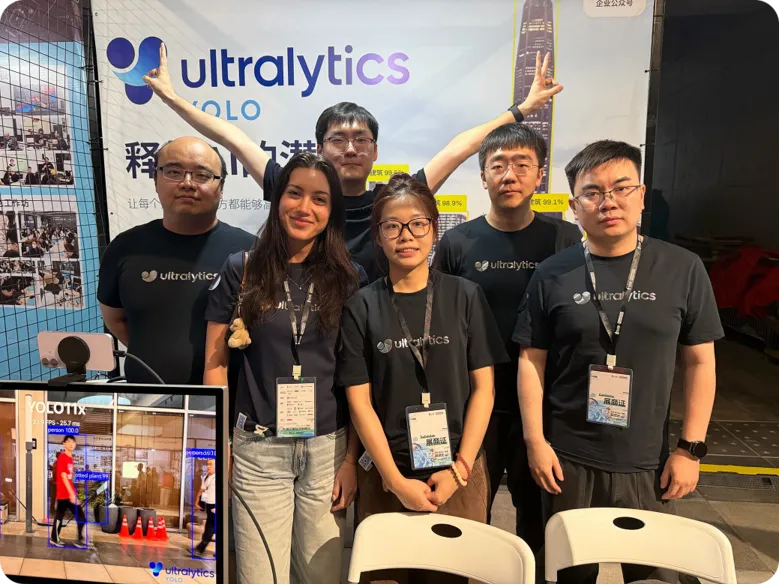Transformer-XL
Discover how Transformer-XL revolutionizes sequence modeling with innovations like segment-level recurrence and long-range context handling.
Transformer-XL, or "Transformer-Extra Long," is a sophisticated
neural network architecture designed to address
one of the most persistent challenges in
artificial intelligence (AI): processing
data sequences that exceed a fixed length. Developed by researchers from
Google AI and Carnegie Mellon University, this
architecture improves upon the original Transformer by
introducing a novel recurrence mechanism. This innovation allows the model to retain information across different
segments of data, significantly expanding its effective
context window without the massive computational
overhead usually associated with processing long inputs.
Improving Sequence Modeling
To understand the significance of Transformer-XL, it helps to look at the limitations of its predecessors. Standard
Transformers process data in fixed-size chunks (segments) independently. This leads to "context
fragmentation," where the model forgets information as soon as it moves from one segment to the next.
Transformer-XL overcomes this by incorporating segment-level recurrence, a concept borrowed from
Recurrent Neural Networks (RNNs) but
applied within the parallelizable framework of Transformers.
The architecture relies on two main technical contributions:
-
Segment-Level Recurrence: The model caches the hidden states (memory) of the previous segment and
reuses them as an extended context for the current segment. This allows information to flow continuously through the
deep learning layers, enabling the model to
model dependencies that are hundreds of times longer than standard Transformers.
-
Relative Positional Encodings: In standard models, tokens are assigned absolute coordinates (e.g.,
position 1, position 2). However, when reusing memory segments, absolute positioning creates confusion (as the first
token of a new segment would look identical to the first token of the old one). Transformer-XL solves this by
encoding the relative distance between tokens in the
attention mechanism, ensuring the model
understands the sequence order regardless of the segment boundaries.
Real-World Applications
The ability to maintain long-term memory makes Transformer-XL highly valuable for tasks requiring extensive context.
-
Long-Form Text Generation: In
natural language processing (NLP), maintaining narrative consistency is difficult. Transformer-XL excels at
text generation for creative writing, such as
generating novels or screenplays, where the model must remember a character introduced in the first chapter to make
logical decisions in the tenth chapter.
-
Financial Time-Series Analysis: Financial markets function as long sequences of data where
historical trends from months ago influence current prices. Transformer-XL is used in
time-series analysis and
predictive modeling to forecast stock
movements by analyzing long-term dependencies in price history, outperforming models that only look at short daily
windows.
-
Genomic Sequence Analysis: In bioinformatics, DNA strands are effectively extremely long sequences
of characters. Researchers use architectures like Transformer-XL to analyze gene sequences for
pattern recognition and
anomaly detection, aiding in medical research and drug discovery.
Implementation Concept
While Ultralytics primarily focuses on
computer vision (CV) with models like
YOLO11, understanding the caching mechanism of
Transformer-XL is useful for advanced ML engineering. The following
PyTorch snippet demonstrates the concept of passing a
"memory" tensor during a forward pass to retain context.
import torch
def forward_pass_with_memory(input_segment, memory=None):
"""Conceptual demonstration of passing memory (cached states) simulating the Transformer-XL recurrence mechanism.
"""
# If memory exists from the previous segment, concatenate it
if memory is not None:
# Combine memory with current input along the sequence dimension
context = torch.cat([memory, input_segment], dim=1)
else:
context = input_segment
# Simulation of processing (in a real model, this goes through layers)
output = context * 0.5 # Dummy operation
# Detach current output to create memory for the NEXT segment
# This prevents gradient backpropagation into the deep history
new_memory = output.detach()
return output, new_memory
# Run a dummy example
segment1 = torch.randn(1, 10) # Batch size 1, sequence length 10
output1, mems = forward_pass_with_memory(segment1)
print(f"Memory cached shape: {mems.shape}")
Transformer-XL vs. Related Architectures
Differentiating Transformer-XL from similar terms helps clarify its specific use case:
-
vs. Standard Transformer: The
standard model resets its state after every segment, limiting its "memory" to the segment length (e.g.,
512 tokens). Transformer-XL carries memory forward, theoretically allowing for an infinite look-back context,
restricted only by memory resources.
-
vs.
BERT:
BERT is designed for
natural language understanding (NLU)
using bidirectional attention (looking at past and future words simultaneously) but is not suited for generation.
Transformer-XL is an autoregressive model, meaning it generates data sequentially, making it better for creating
content.
-
vs. Longformer: Longformer addresses
long sequences by using a sparse attention pattern (looking at only a few words at a time) to reduce computational
cost. In contrast, Transformer-XL uses recurrence. Longformer is often better for reading one massive document at
once, while Transformer-XL is superior for streaming data or generating long sequences step-by-step.
For researchers and developers working with sequential data, studying the
Transformer-XL research paper provides deeper insight into efficient
memory management in
large language models (LLMs). Efficient
memory usage is a principle that also applies to optimizing vision models for deployment on edge devices using
GPUs.












